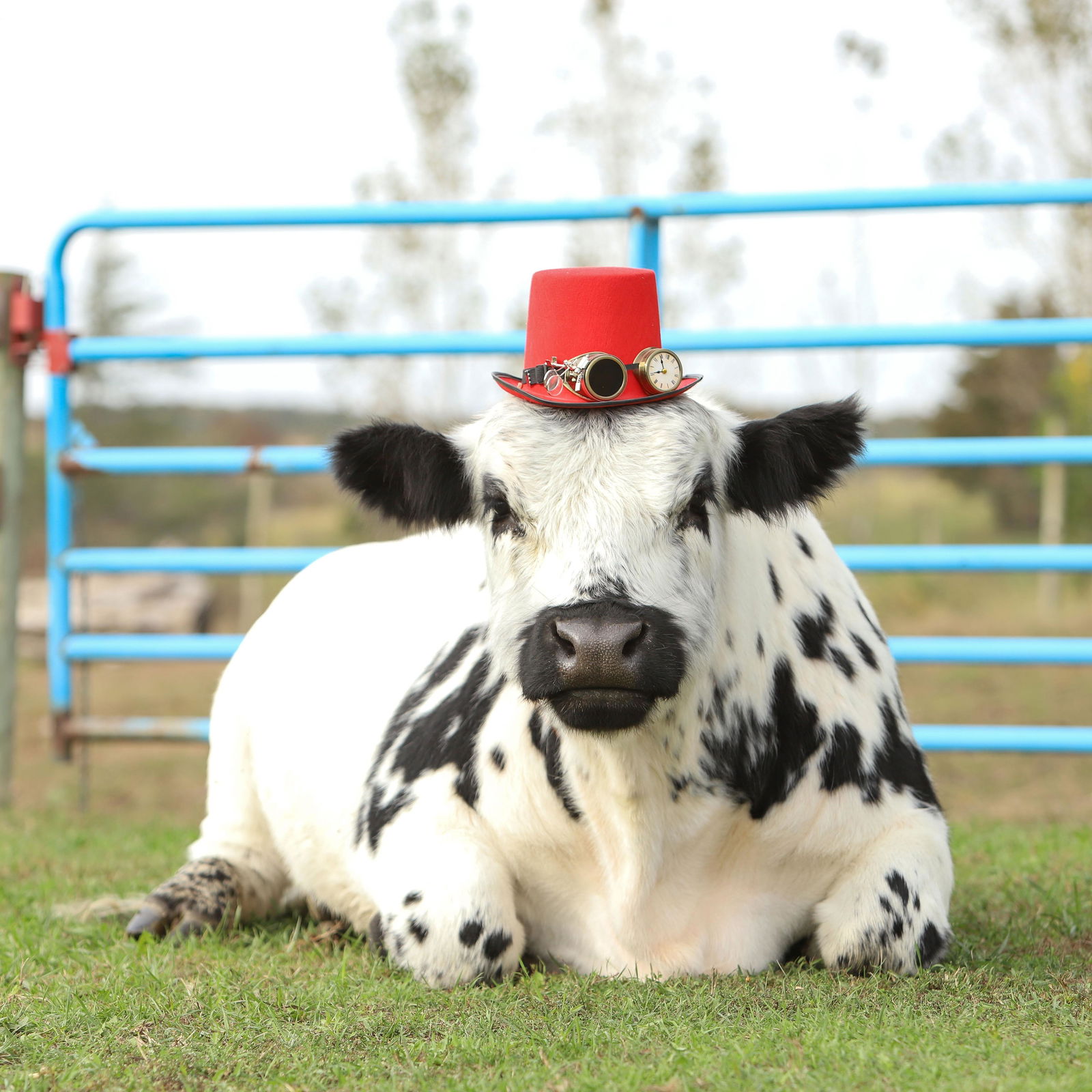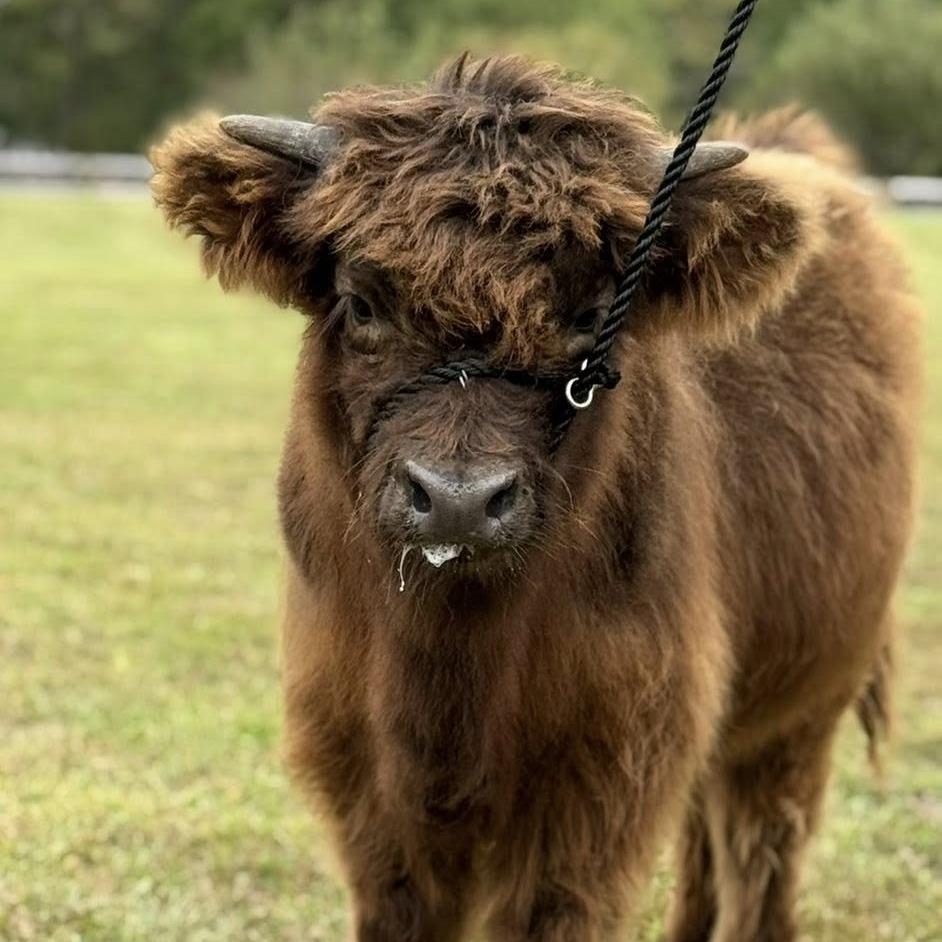
Western
The Western Hermann's tortoise (Testudo hermanni hermanni) is a distinguished subspecies of the Hermann's tortoise, native to the Mediterranean regions of Europe, most notably in parts of France, Italy, and Spain. This subspecies is celebrated for its vibrant and distinct shell markings, which set it apart from its Eastern counterparts. The carapace of the Western Hermann's tortoise is typically a vivid golden-yellow with bold black markings, creating a striking mosaic pattern that offers effective camouflage in its natural habitat.
These tortoises are relatively small, with adult sizes averaging between 14 to 18 centimeters in length, though some can grow slightly larger. They are terrestrial, preferring dry, warm environments with plenty of access to basking spots and vegetation. Their diet primarily consists of a variety of leaves, flowers, and fruits, highlighting their herbivorous nature.
Western Hermann's tortoises are known for their robust health and long lifespan, often exceeding 50 years when provided with proper care. In terms of behavior, they exhibit a gentle and placid temperament, making them a popular choice among reptile enthusiasts. However, they are also known for their curiosity and can be quite active during favorable weather conditions. Conservation efforts are critical for this subspecies due to habitat loss and declining populations, emphasizing the importance of responsible breeding programs and habitat protection.
Colors: Normal/Wild Type, High Yellow, Dark Phase, Dalmatian

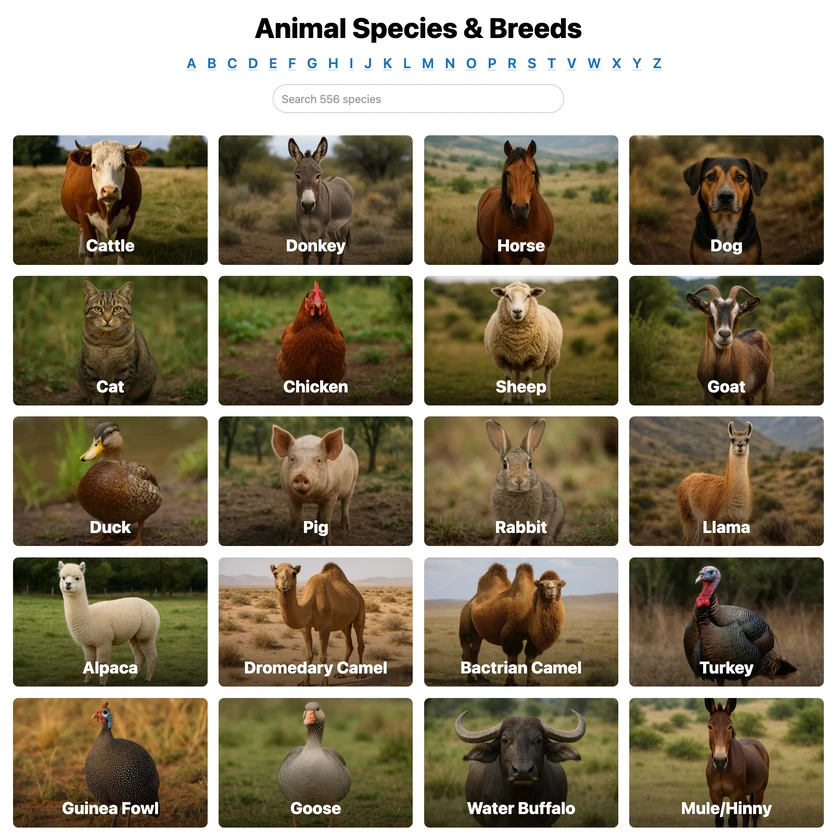 All Species & Breeds
All Species & Breeds
 Highland Cattle
Highland Cattle
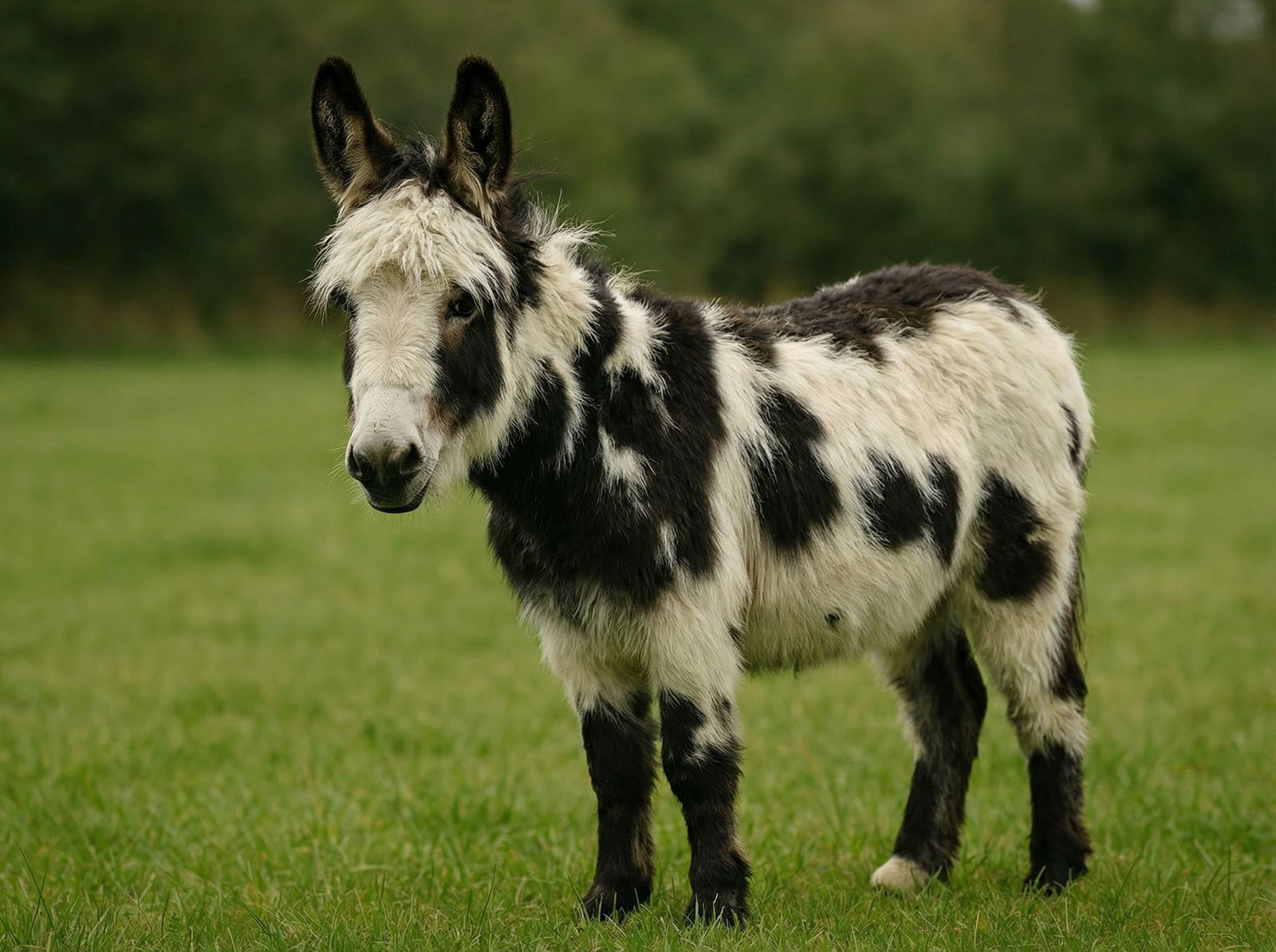 Miniature Donkeys
Miniature Donkeys
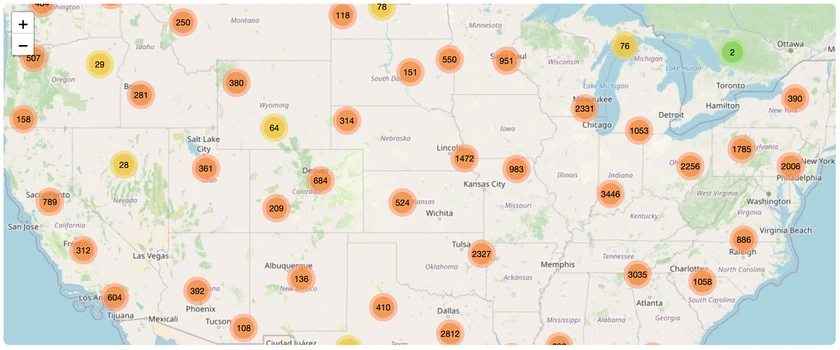 All Species Directory
All Species Directory
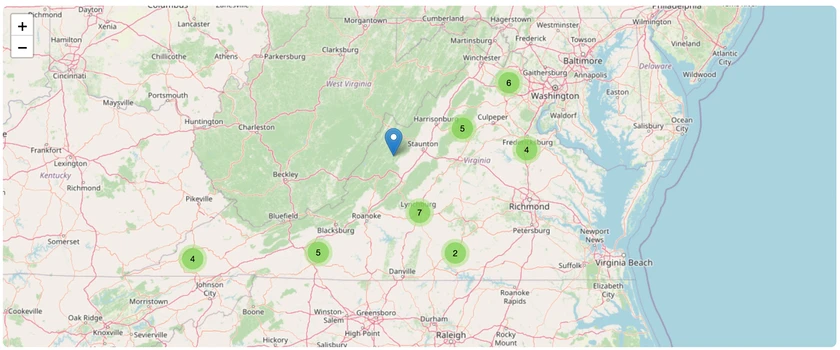 Highland Cattle in Virginia
Highland Cattle in Virginia
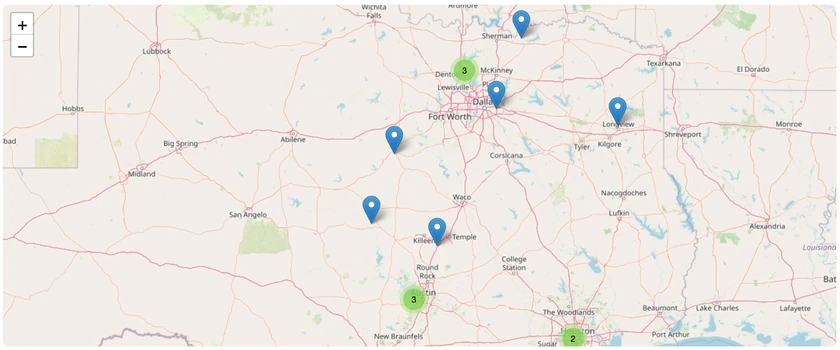 Miniature Donkeys in Texas
Miniature Donkeys in Texas
